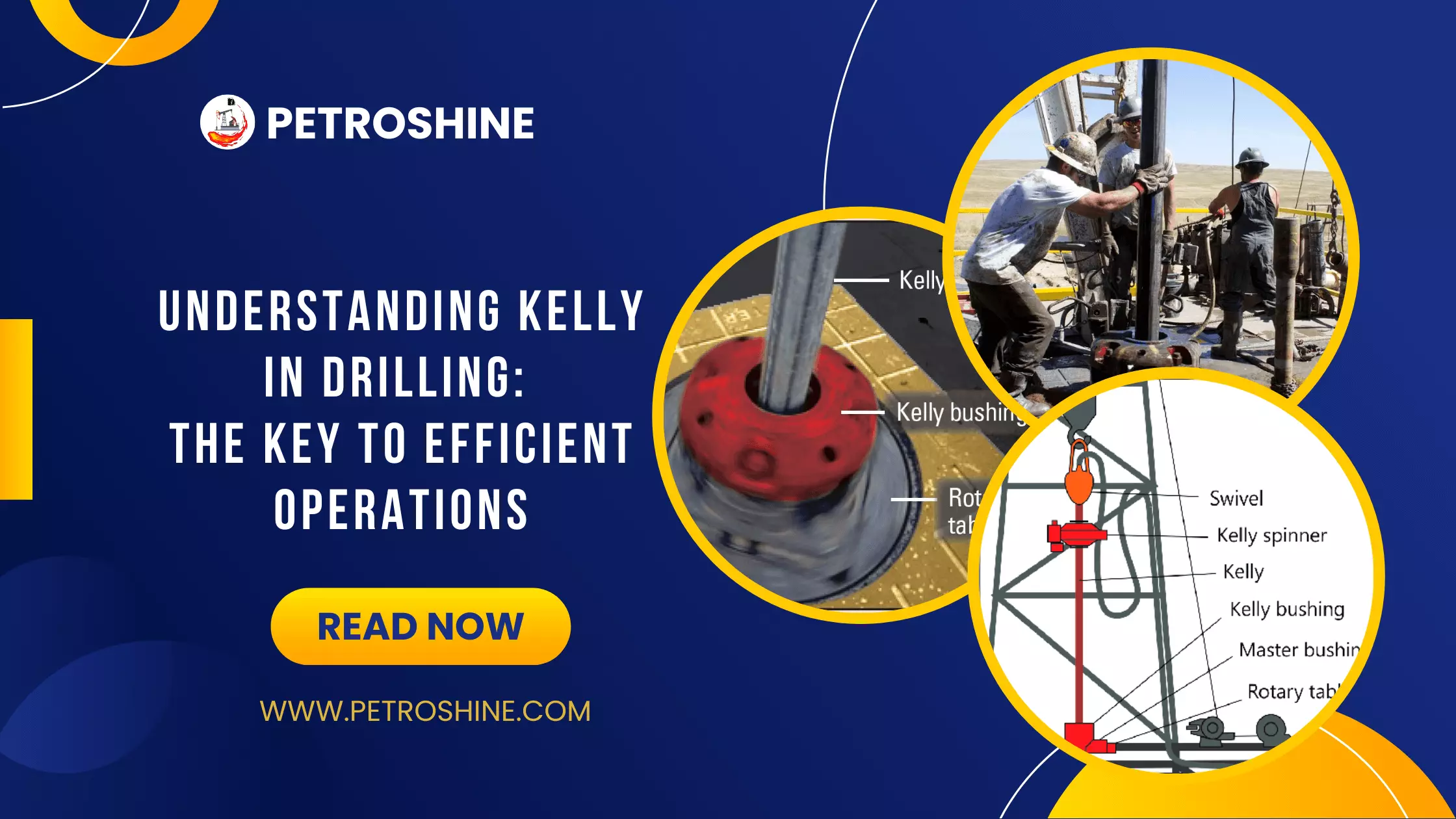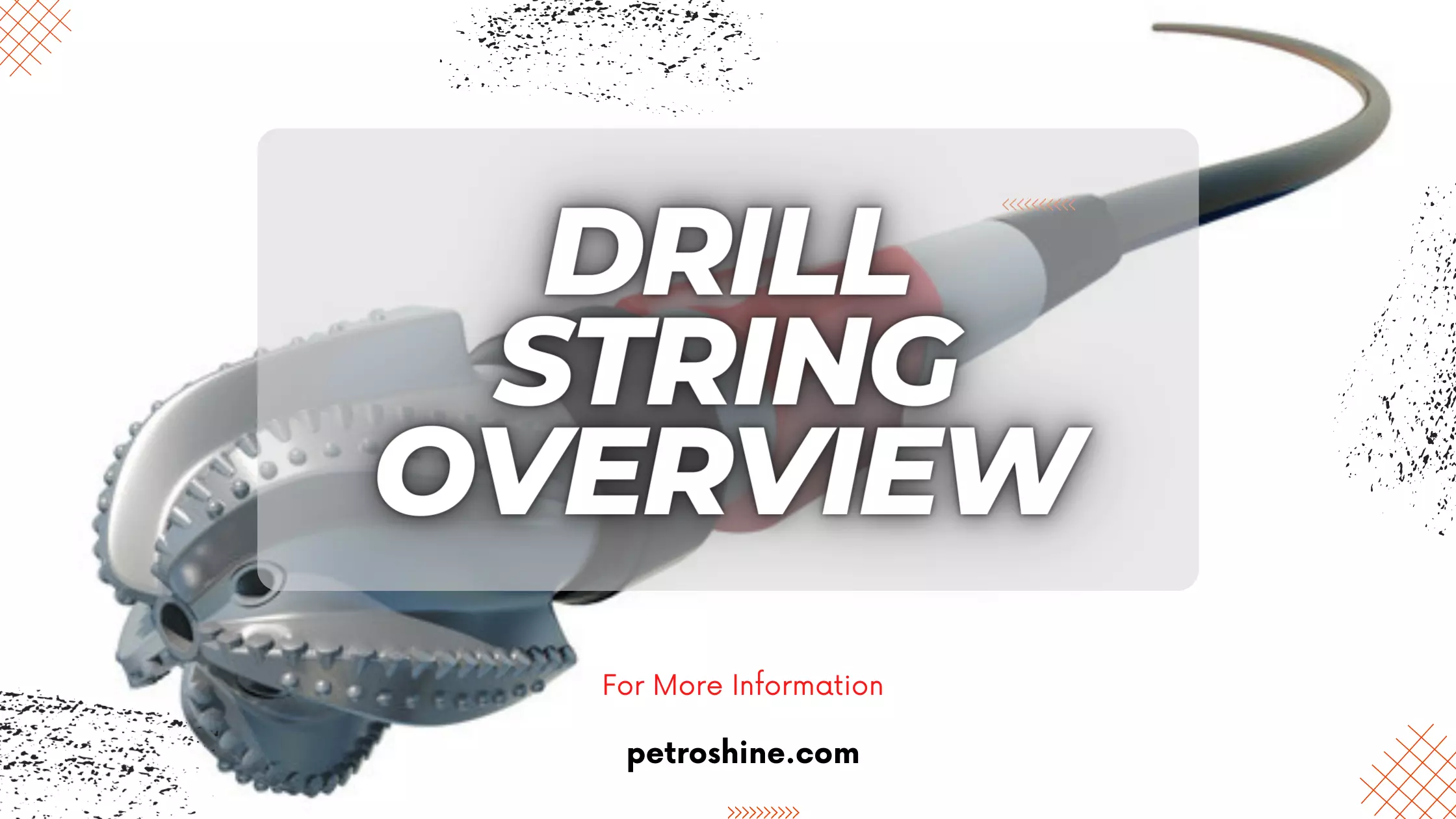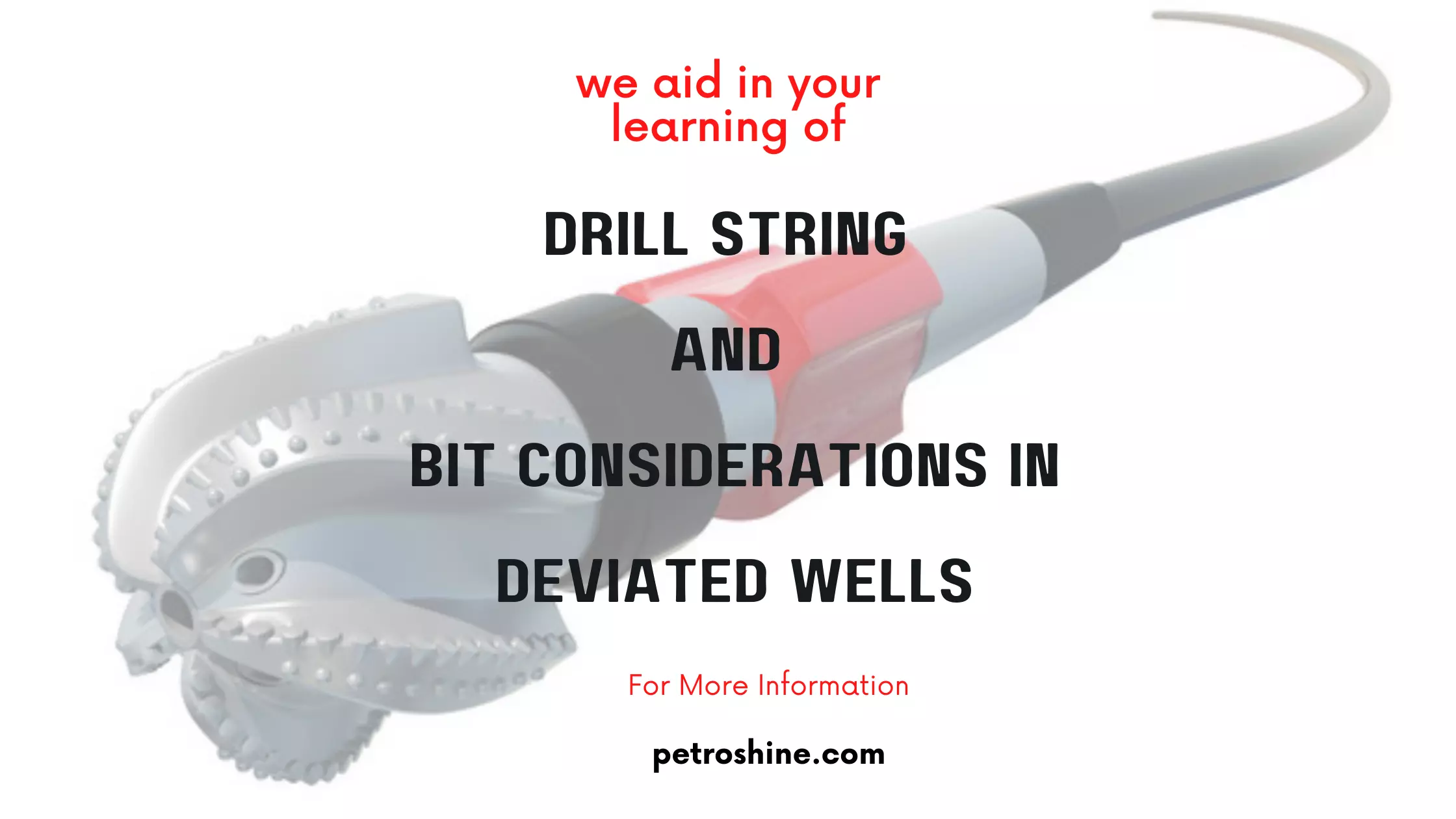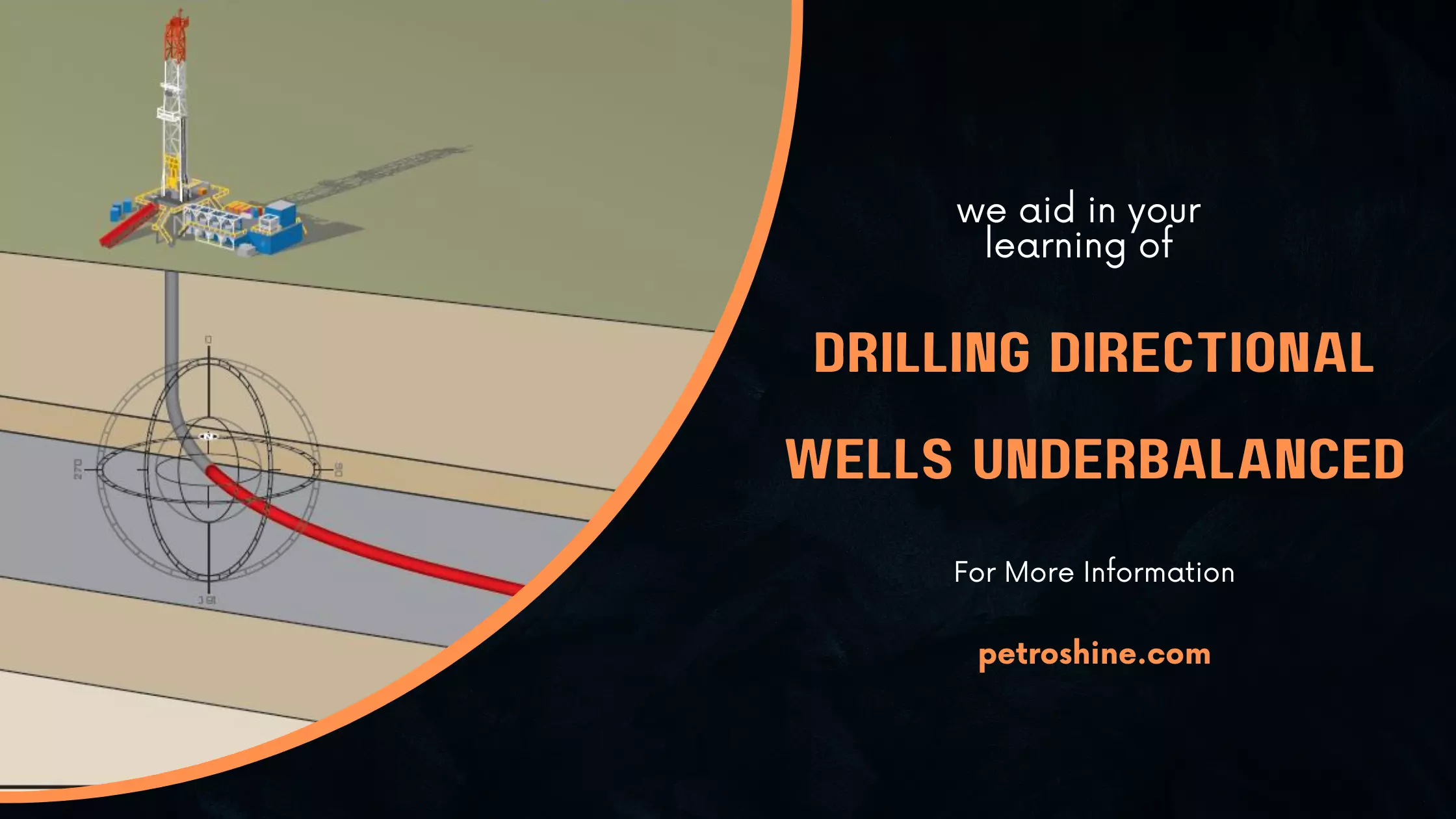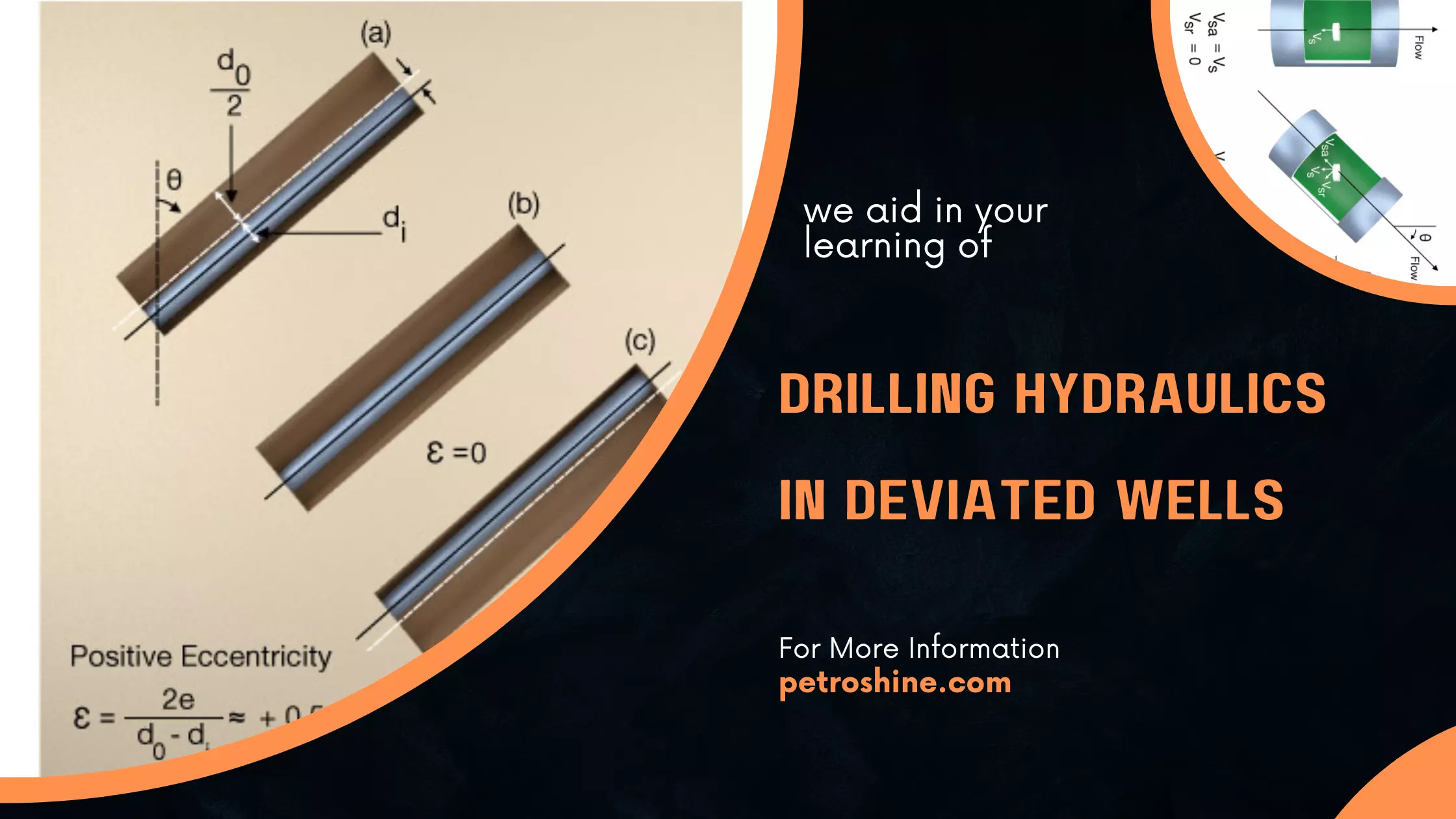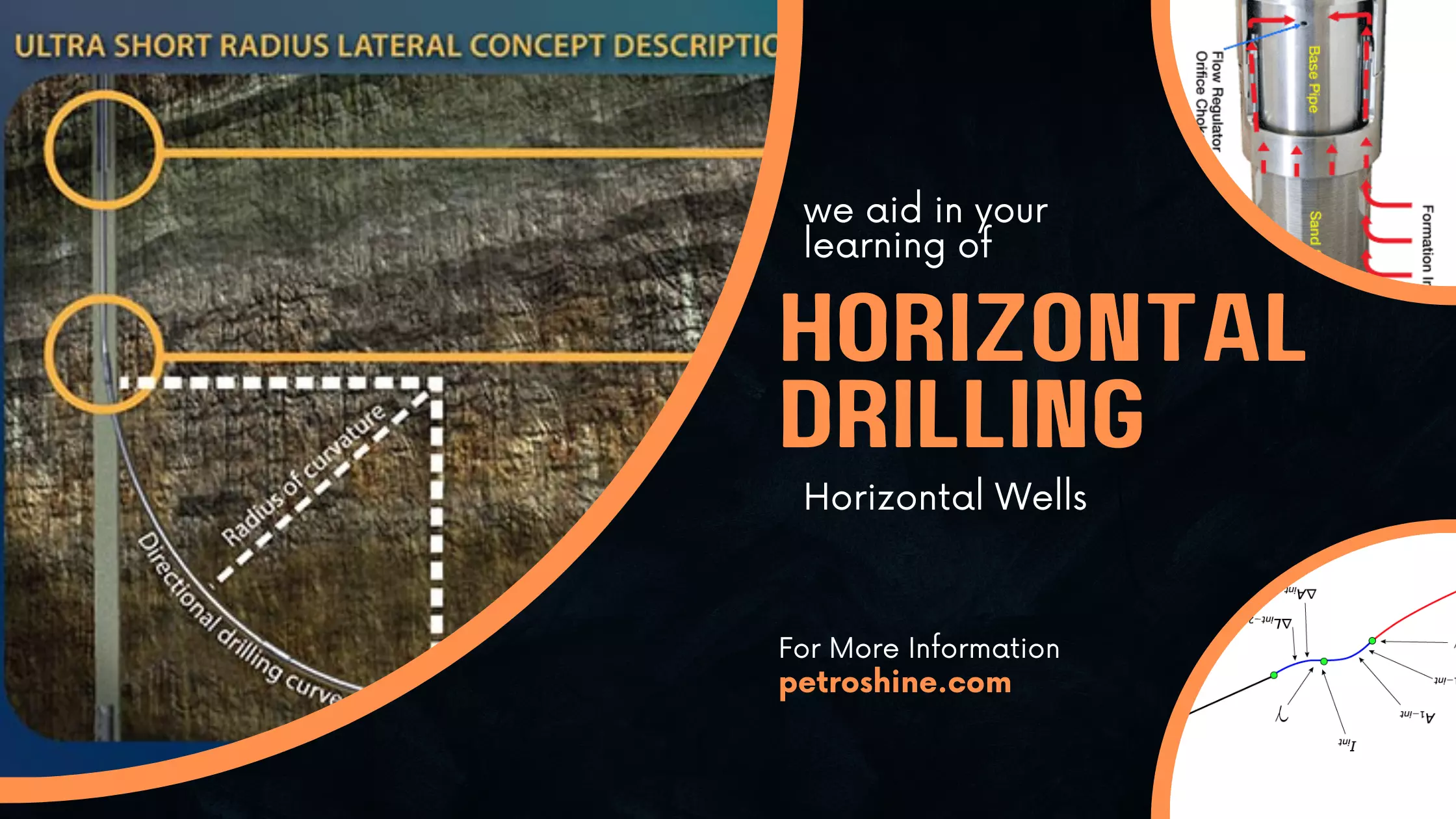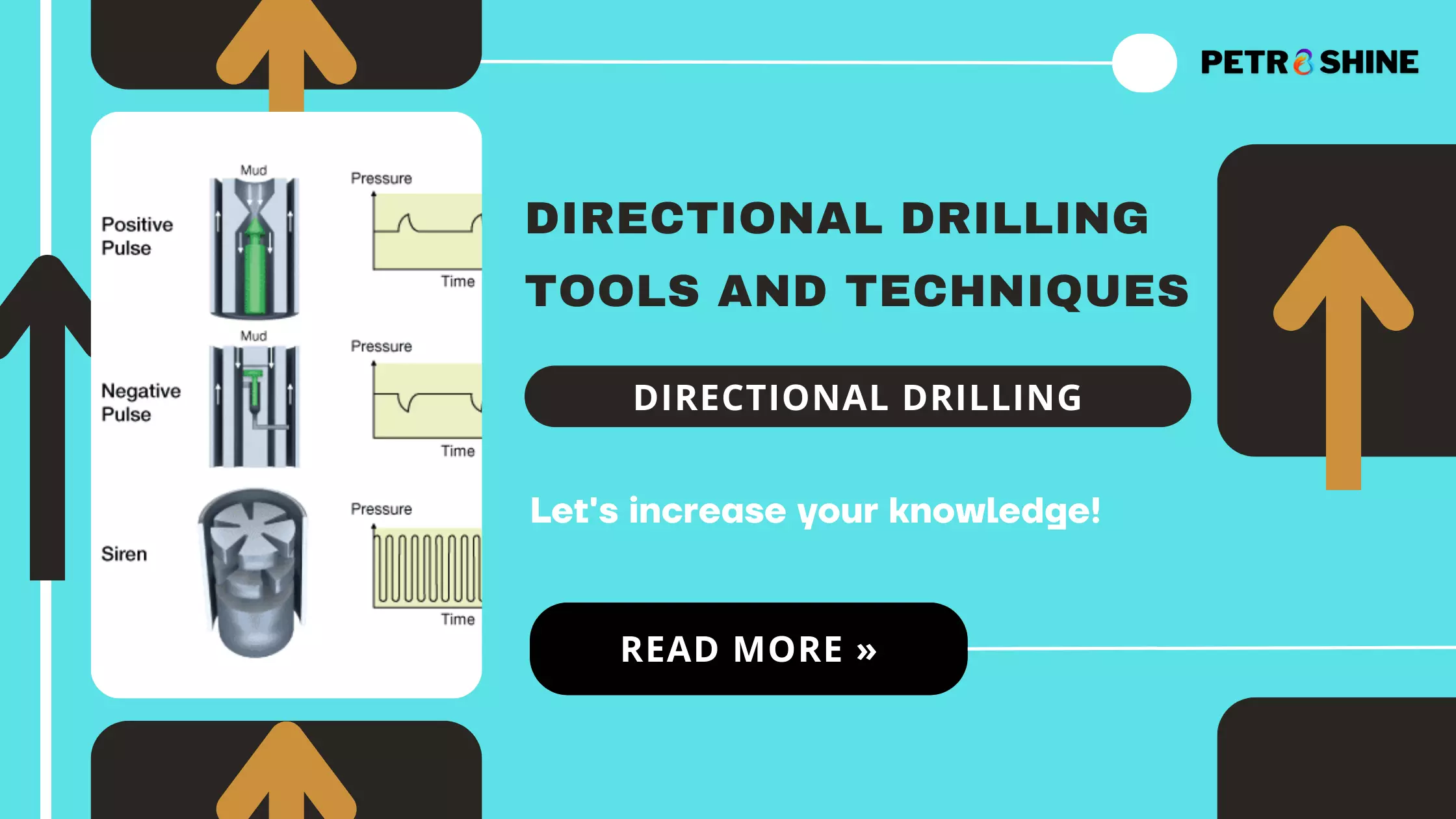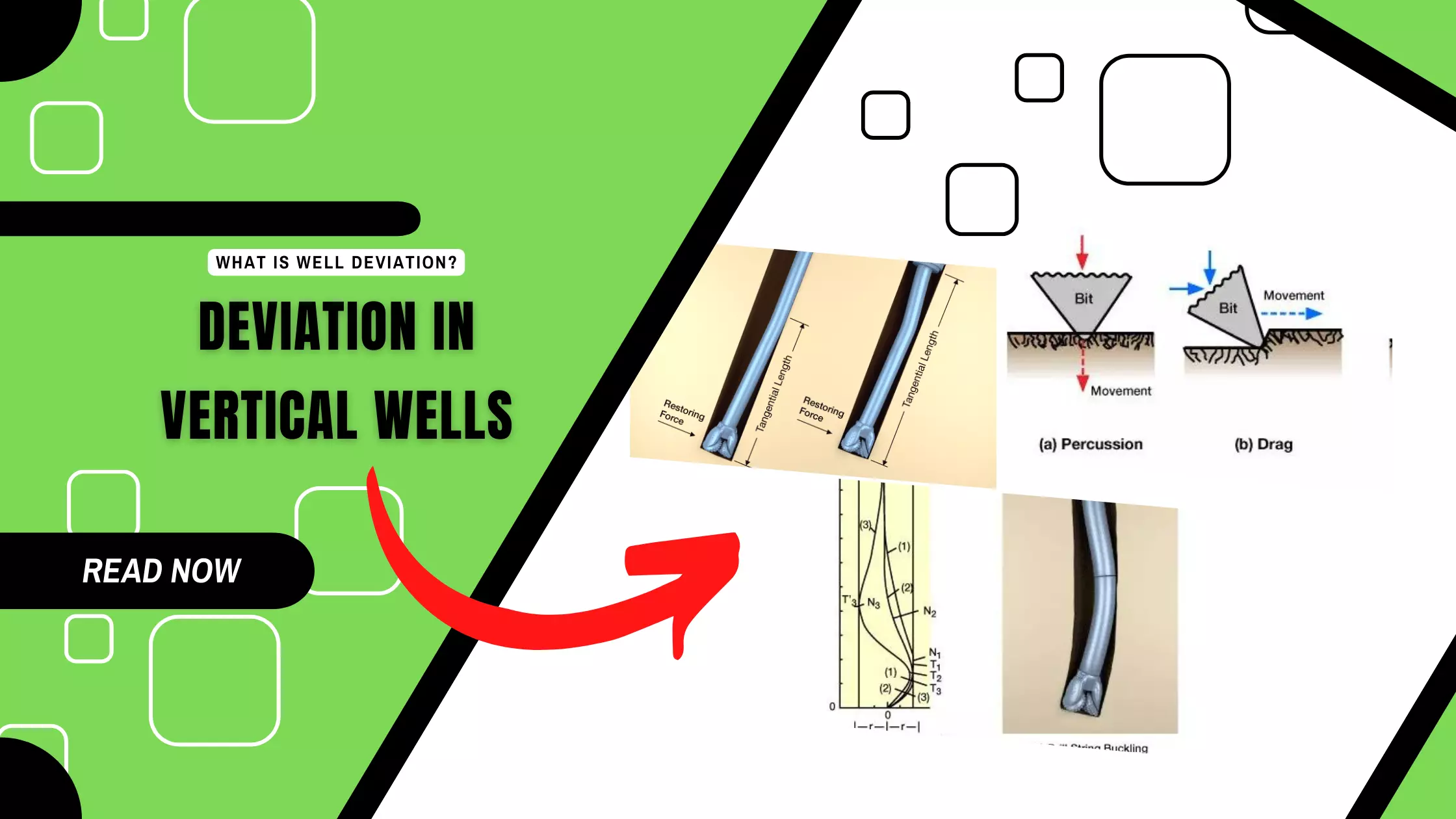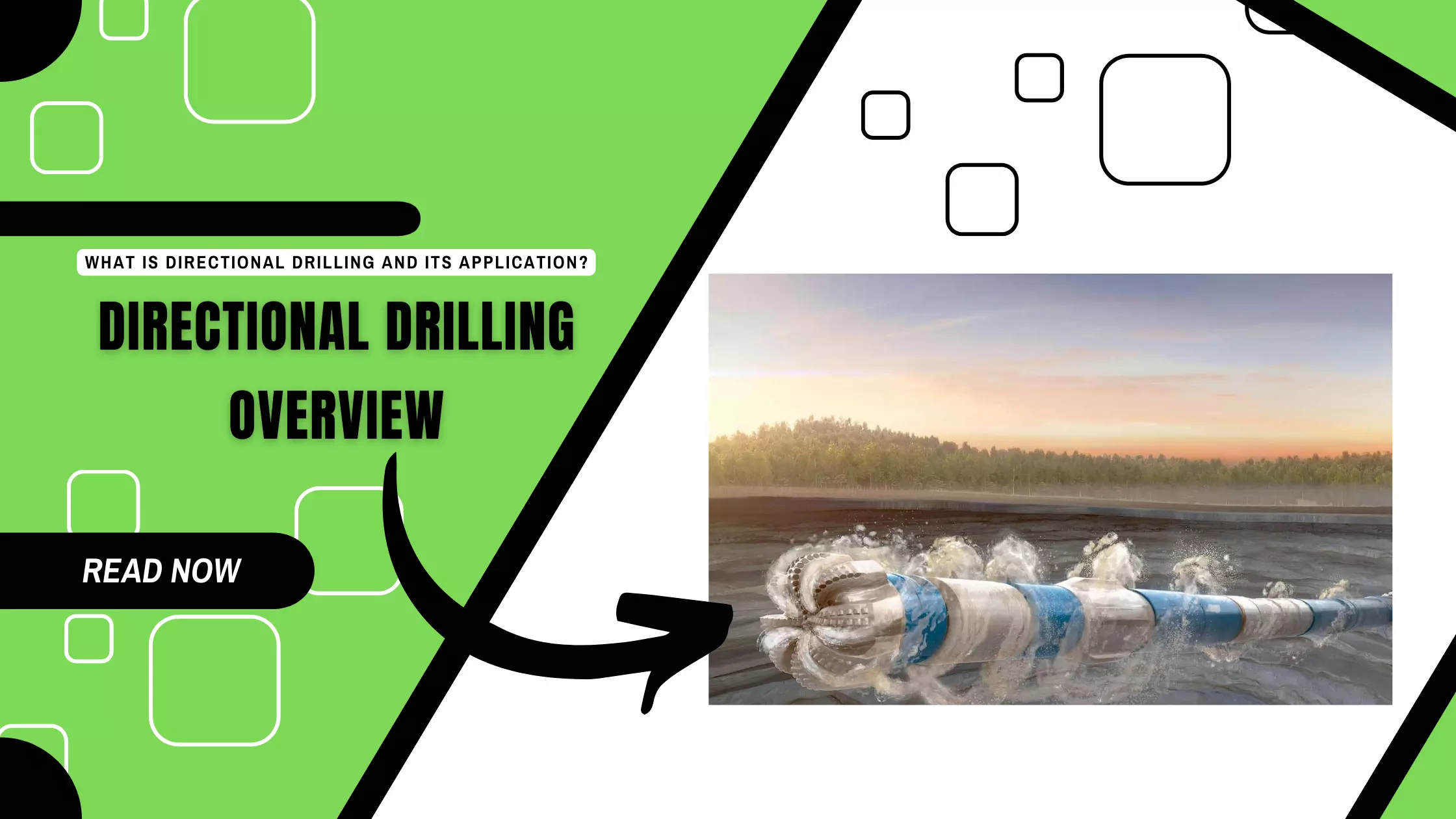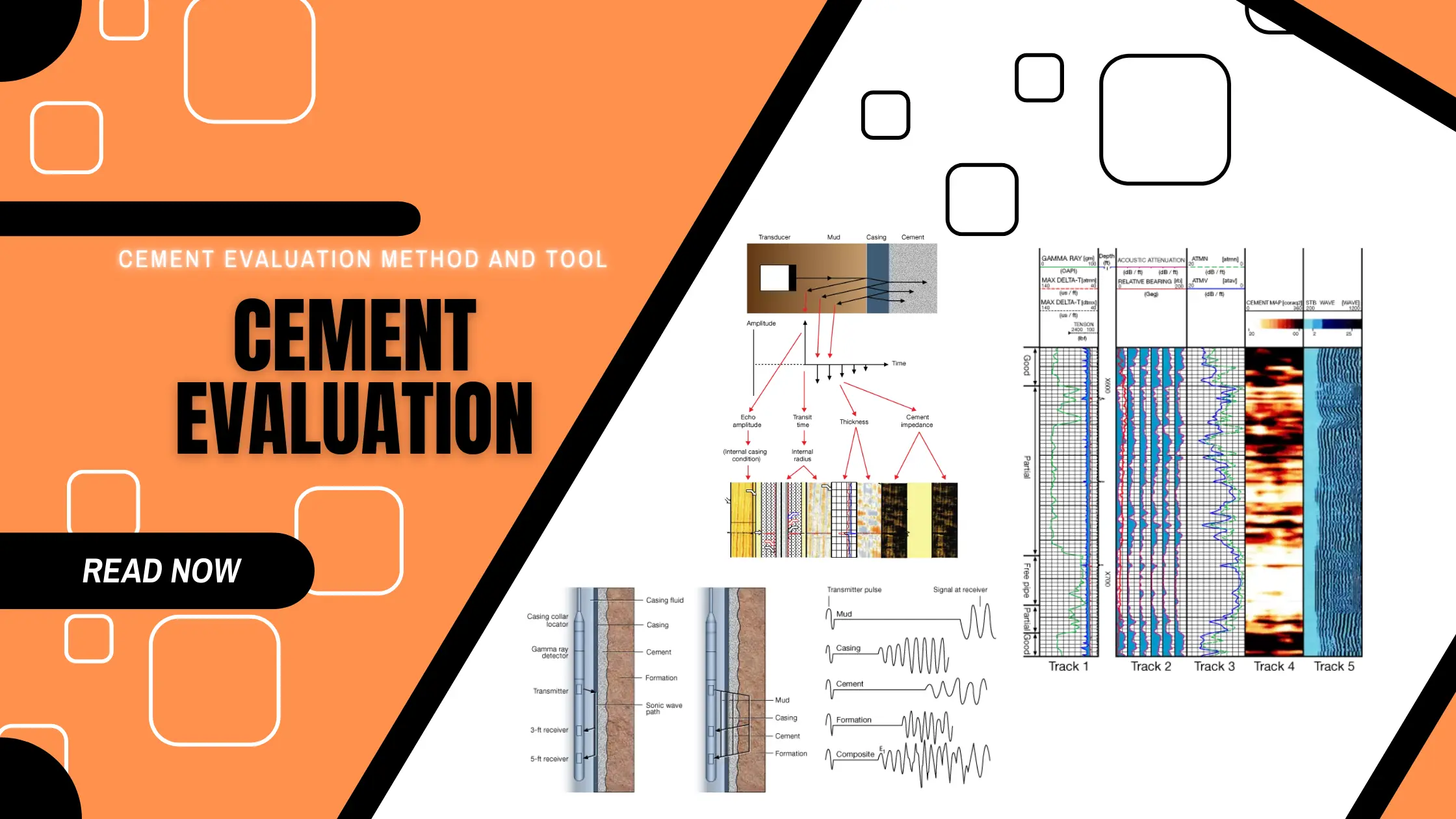The kelly is a primary link between the drilling rig's surface equipment and the bit, and is therefore a critical component of the ...
Read More »Masonry Layout
Drill String Design | Drill String Overview
A well-designed drill string is instrumental in optimizing penetration rates, controlling wellbore deviation, maintaining an "in gauge" ...
Read More »Drill String and Bit Considerations in Deviated Wells
Drill String Design As inclination angle increases in a directional or horizontal well, the borehole …
Read More »Underbalanced Drilling in Directional Wells
Drilling Directional Wells Underbalanced The main justifications for drilling a directional well underbalanced are to …
Read More »Drilling Hydraulics in Deviated Wells
One of a drilling fluid's primary functions is to remove drilled cuttings and transport them to the surface-in other words, to clean the hole. The term carrying capacity ...
Read More »Horizontal Drilling | What is a horizontal drilling?
Horizontal drilling is the process of directing part of a well course through a reservoir such that its inclination angle is approximately 90° from vertical.
Read More »Directional Drilling Tools and Techniques
Directional Drilling Tools and Techniques: The planning, equipment and procedures involved in drilling non-directional wells also apply ...
Read More »Wellbore Deviation | Deviation in Vertical Wells
the exact causes of wellbore deviation are unknown, we can list the following as contributing factors: • Formation type ( lithology, ...
Read More »Directional Drilling Overview
Directional drilling is the practice of accessing an underground oil or gas reserve by drilling in a non-vertical direction. Directional...
Read More »Cement Evaluation | Cement Evaluation Well Logging: Assessing Cement Integrity in Oil and Gas Wells
After completing this topic "Cement Evaluation", you will be able to: • Summarize methods for evaluating quality of a cement bond.
Read More » Petro Shine The Place for Oil and Gas Professionals.
Petro Shine The Place for Oil and Gas Professionals.
